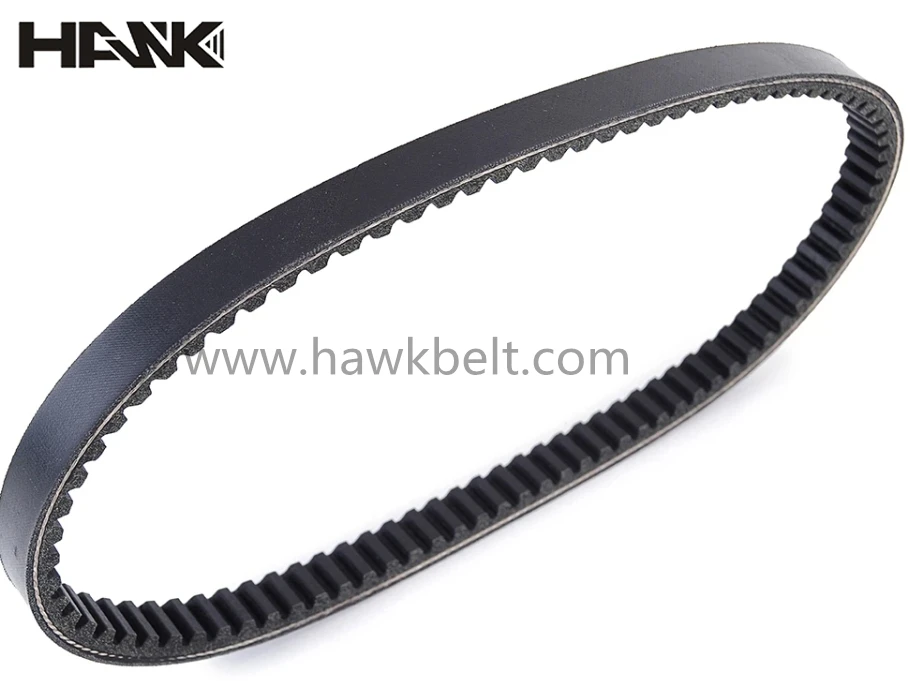- Arabic
- French
- Russian
- Spanish
- Portuguese
- Turkish
- Armenian
- English
- Albanian
- Amharic
- Azerbaijani
- Basque
- Belarusian
- Bengali
- Bosnian
- Bulgarian
- Catalan
- Cebuano
- Corsican
- Croatian
- Czech
- Danish
- Dutch
- Afrikaans
- Esperanto
- Estonian
- Finnish
- Frisian
- Galician
- Georgian
- German
- Greek
- Gujarati
- Haitian Creole
- hausa
- hawaiian
- Hebrew
- Hindi
- Miao
- Hungarian
- Icelandic
- igbo
- Indonesian
- irish
- Italian
- Japanese
- Javanese
- Kannada
- kazakh
- Khmer
- Rwandese
- Korean
- Kurdish
- Kyrgyz
- Lao
- Latin
- Latvian
- Lithuanian
- Luxembourgish
- Macedonian
- Malgashi
- Malay
- Malayalam
- Maltese
- Maori
- Marathi
- Mongolian
- Myanmar
- Nepali
- Norwegian
- Norwegian
- Occitan
- Pashto
- Persian
- Polish
- Punjabi
- Romanian
- Samoan
- Scottish Gaelic
- Serbian
- Sesotho
- Shona
- Sindhi
- Sinhala
- Slovak
- Slovenian
- Somali
- Sundanese
- Swahili
- Swedish
- Tagalog
- Tajik
- Tamil
- Tatar
- Telugu
- Thai
- Turkmen
- Ukrainian
- Urdu
- Uighur
- Uzbek
- Vietnamese
- Welsh
- Bantu
- Yiddish
- Yoruba
- Zulu
Oct . 02, 2024 05:38 Back to list
Understanding the Importance of Timely Maintenance for Wet Timing Belts
Understanding Wet Timing Belts Maintenance and Best Practices
A timing belt is an essential component in many internal combustion engines, responsible for synchronizing the rotation of the crankshaft and camshaft. This synchronization ensures the engine's valves open and close at the correct times during the engine cycle, allowing for optimal performance. However, when it comes to wet timing belts, there are several unique considerations and best practices for maintenance.
Wet timing belts are designed to operate in a wet environment. This is particularly relevant for engines that utilize a wet sump oil lubrication system. The presence of oil can significantly impact the longevity and performance of the timing belt. Unlike traditional dry timing belts, wet belts are made from specialized materials that can withstand the corrosive effects of oil while still providing the necessary grip and flexibility for proper engine function.
One of the most critical aspects of wet timing belt maintenance is regular inspections. Mechanics recommend checking the timing belt during routine oil changes or at regular service intervals. During these inspections, it is essential to look for signs of wear, such as cracking, fraying, or elongation. These indications suggest that the belt may need to be replaced to prevent potential engine damage.
wet timing belt

The timing belt's tension is also vital for its function. A belt that is too loose can lead to slippage, while a belt that is too tight may wear out prematurely due to excessive strain. Proper tension is typically set during the installation process, but it can change over time due to environmental factors or age. Therefore, regular checks of the belt's tension can help maintain its efficiency and prolong its lifespan.
Another important consideration is the interaction between the timing belt and other components in the engine, such as pulleys and water pumps. When replacing a wet timing belt, it may be wise to also replace these components to ensure compatibility and efficiency. Failing to do so could result in premature wear or failure of the new timing belt.
While wet timing belts do have specific maintenance needs, they also offer certain advantages. For instance, the presence of lubrication can minimize friction, potentially extending the belt's life and enhancing overall engine performance. However, to reap these benefits, it is crucial to follow manufacturer guidelines regarding maintenance schedules, tension settings, and replacement intervals.
In conclusion, wet timing belts play a vital role in the efficient operation of many engines. By understanding their unique needs and incorporating regular inspections and maintenance practices, car owners can ensure the longevity and performance of their engines. Being proactive about timing belt care can prevent costly repairs and keep your vehicle running smoothly for years to come. As with any critical engine component, knowledge and diligence are key to successful maintenance.
-
Korean Auto Parts Timing Belt 24312-37500 For Hyundai/Kia
NewsMar.07,2025
-
7PK2300 90916-T2024 RIBBED BELT POLY V BELT PK BELT
NewsMar.07,2025
-
Chinese Auto Belt Factory 310-2M-22 For BMW/Mercedes-Benz
NewsMar.07,2025
-
Chinese Auto Belt Factory 310-2M-22 For BMW/Mercedes-Benz
NewsMar.07,2025
-
90916-02660 PK Belt 6PK1680 For Toyota
NewsMar.07,2025
-
drive belt serpentine belt
NewsMar.07,2025

